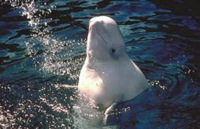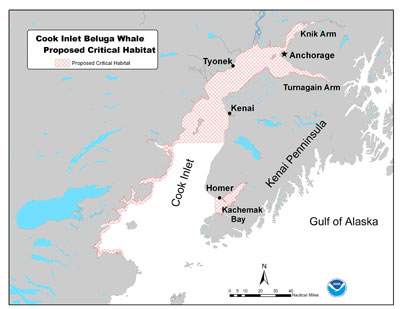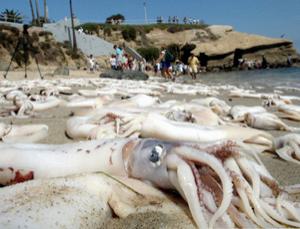Cue the lawyers: NOAA approves five Atlantic seismic surveys
Seismic Surveys Comments Off on Cue the lawyers: NOAA approves five Atlantic seismic surveysNOAA has issued Incidental Harassment Authorizations to five oil and gas exploration companies, each of which plans to engage in several weeks to several months worth of surveys off the US Atlantic coast during the one-year permit period, which extends through 2019. When the Trump administration initially announced its rollback of the Obama-era decision to forego new exploration, it seemed that the lack of Atlantic leasing opportunities in the 2017-2022 National Outer Continental Shelf Oil and Gas Leasing Program would undermine the economic incentives to invest in new surveys (and AEI wrote a detailed “don’t worry too much” post). But the Trump team threw out years of agency staff and scientist work and is now rewriting the OCS leasing program three years early: their new Draft 2019-2024 plan opens up six lease areas in the Atlantic in 2020, 2022, and 2024; new surveys will guide both the government and oil companies as they identify which areas are ripe for development.
However, it is inevitable that court challenges from environmental groups and perhaps coastal states will slow the process down or derail it completely. So stay tuned….
The surveys being proposed are broad-brush preliminary overviews of the region, and so involve somewhat less intense sound-blasting than detailed site-specific surveys; most of the tracklines are 20-30km apart, and some 100-200km apart, though one survey narrows the spacing to 6km in the core area (see center, below). But they cover vast areas of the sea, on and beyond the continental shelf. Here are sample maps showing the survey lines being proposed:



Most of the activity is well offshore, which helps minimize impacts; from November through April they are pushed a full 90km offshore to keep high levels of noise out of North Atlantic Right whale winter breeding and nursing areas; several other smaller areas are off limits either year-round or seasonally.
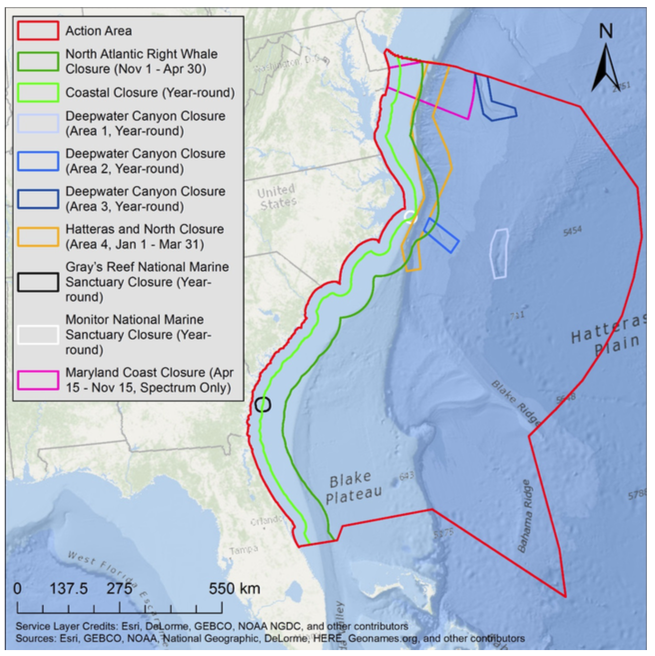
Behavioral impact estimates are surprisingly low (and so perhaps a target of legal challenge): under a dozen right, sei, and blue whales, and a few thousand behavioral changes among far more numerous fin and sperm whales; sea turtles are expected to take the biggest hit, especially in far offshore sargassum habitat, with tens of thousands being disrupted and thousands experiencing temporary hearing reductions.
All this region-wide noisemaking, of course, in service of the madness that is continued oil and gas development in the face of a global climate imperative to leave untapped reserves in the ground. The US is already the world leader in oil and gas production and we have thousands of existing leases that have yet to be developed; the last thing we need is more straws in the ground—especially in deep offshore waters. I have to admit, though, that I am no longer as sanguine about the Trumpistas’ offshore crusade as I was when these plans were first floated a year ago.
UPDATE, 12/14: For those of you wanting to raise your voice about this, you can count on our compatriots at Ocean Conservation Research to keep you updated on the field of play for public discourse.

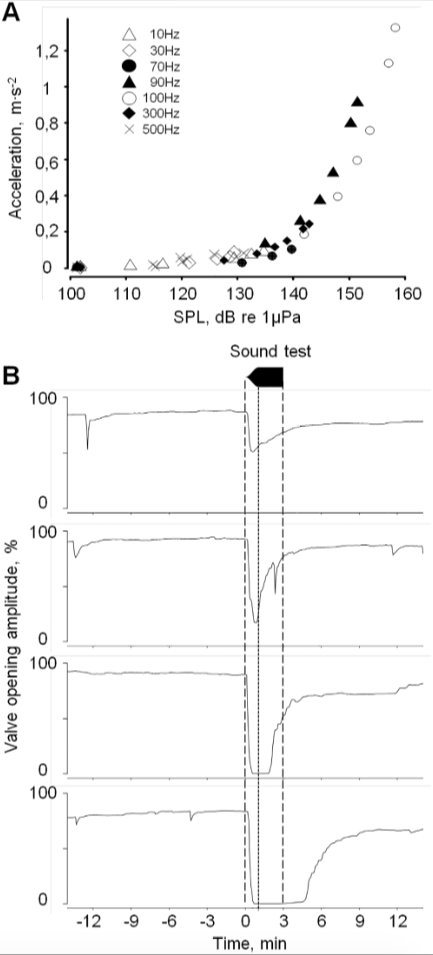
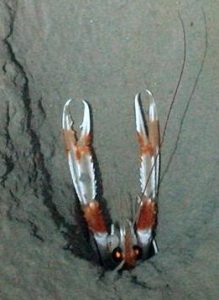 The Leighton and Hauton study, using sound playbacks mimicking a ship at 100 yards and wind farm construction at 60 yards, found that both lobsters and clams changed their digging behaviors, and triggered changes in their overall activity level (lobsters increased, clams decreased); they found no marked effects on brittlestar activity.
The Leighton and Hauton study, using sound playbacks mimicking a ship at 100 yards and wind farm construction at 60 yards, found that both lobsters and clams changed their digging behaviors, and triggered changes in their overall activity level (lobsters increased, clams decreased); they found no marked effects on brittlestar activity.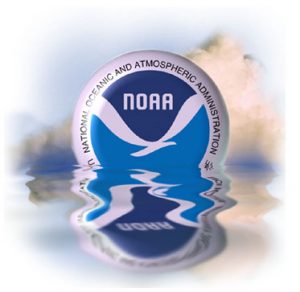 The recent
The recent 




 The survey, by Columbia University’s research vessel the Marcus Langseth (left) would examine seafloor sediment, as part of research looking at how climate change has affected river runoff and deposition over the past sixty million years. Some
The survey, by Columbia University’s research vessel the Marcus Langseth (left) would examine seafloor sediment, as part of research looking at how climate change has affected river runoff and deposition over the past sixty million years. Some  Luckily for the fin whales who are the most populous marine mammal in these remote waters east of northern Greenland, they tend to show up toward the end of the summer airgun season, and concentrate their polar activity in the winter, when the airguns go silent. But blue whales and a relatively few sperm whales like to be there in late summer, and must co-exist with the steady rumble of airgun sounds, which increase the ambient sound levels by an average of 5-10dB, and up to 20dB. By contrast, the roar of storm-driven winter waves adds up to 12dB, and the calls of thousands of fin whales add up to 10dB.
Luckily for the fin whales who are the most populous marine mammal in these remote waters east of northern Greenland, they tend to show up toward the end of the summer airgun season, and concentrate their polar activity in the winter, when the airguns go silent. But blue whales and a relatively few sperm whales like to be there in late summer, and must co-exist with the steady rumble of airgun sounds, which increase the ambient sound levels by an average of 5-10dB, and up to 20dB. By contrast, the roar of storm-driven winter waves adds up to 12dB, and the calls of thousands of fin whales add up to 10dB.
 One study is further along, having
One study is further along, having  She said the sound of “bait balls” of prey, such as schools of fish, could be greatly heightened when a feeding frenzy involving larger fish and seabirds broke out. Dr Constantine said whales had been observed swimming rapidly from over a kilometre away toward prey aggregations, “so we’re very interested to find out if there are specific acoustic cues they home in on”.
She said the sound of “bait balls” of prey, such as schools of fish, could be greatly heightened when a feeding frenzy involving larger fish and seabirds broke out. Dr Constantine said whales had been observed swimming rapidly from over a kilometre away toward prey aggregations, “so we’re very interested to find out if there are specific acoustic cues they home in on”. For the first day and a half, larvae exposed to airgun noise showed significant developmental delays. At close to two days, the noise-exposed group appeared to be nearly as likely to be fully developed as the control group (upper right chart). But, after passing the 48-hour mark, as the larvae moved into the next stage of development, those in noise lagged again; at 66 hours, all of the control larvae had completed the D-veligar development, while a large proportion of those exposed to noise did not complete this transition. In addition, a significant proportion of the noise-exposed larvae began exhibiting physical abnormalities (localized bulges in the soft body of the larvae, but not in the shell). By the end of the study, at 90 hours, an average of 46% of noise-exposed larvae showed malformations, ranging from 27%-91% in the four flasks being independently analyzed. (Ed. Note: I’ve reproduced five of the seven charts here, omitting samplings at 54hrs and 90hrs for the sake of better readability.)
For the first day and a half, larvae exposed to airgun noise showed significant developmental delays. At close to two days, the noise-exposed group appeared to be nearly as likely to be fully developed as the control group (upper right chart). But, after passing the 48-hour mark, as the larvae moved into the next stage of development, those in noise lagged again; at 66 hours, all of the control larvae had completed the D-veligar development, while a large proportion of those exposed to noise did not complete this transition. In addition, a significant proportion of the noise-exposed larvae began exhibiting physical abnormalities (localized bulges in the soft body of the larvae, but not in the shell). By the end of the study, at 90 hours, an average of 46% of noise-exposed larvae showed malformations, ranging from 27%-91% in the four flasks being independently analyzed. (Ed. Note: I’ve reproduced five of the seven charts here, omitting samplings at 54hrs and 90hrs for the sake of better readability.)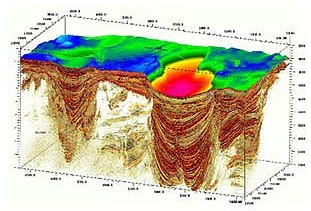 And, the Bureau of Ocean Energy and Management will develop new standards to assure that airgun surveys are not unnecessarily duplicative. Dozens of surveys take place every year in the Gulf, with repeat surveys sometimes needed to assess reservoir depletion, and as new and improved imaging capabilities are developed; often, survey results are considered proprietary, especially prior to bidding on leases.
And, the Bureau of Ocean Energy and Management will develop new standards to assure that airgun surveys are not unnecessarily duplicative. Dozens of surveys take place every year in the Gulf, with repeat surveys sometimes needed to assess reservoir depletion, and as new and improved imaging capabilities are developed; often, survey results are considered proprietary, especially prior to bidding on leases.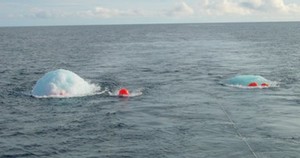 “Today’s agreement is a landmark for marine mammal protection in the Gulf,” said Michael Jasny, director of NRDC’s Marine Mammal Protection Project. “For years this problem has languished, even as the threat posed by the industry’s widespread, disruptive activity has become clearer and clearer.”
“Today’s agreement is a landmark for marine mammal protection in the Gulf,” said Michael Jasny, director of NRDC’s Marine Mammal Protection Project. “For years this problem has languished, even as the threat posed by the industry’s widespread, disruptive activity has become clearer and clearer.” In addition to three environmental organizations, the Native Village of Chickaloon is party to the lawsuit, saying that NMFS did not fulfill necessary consultation with the tribe, and noting that while the tribe is barred from its traditional hunts due to declining beluga numbers, the permits allow oil and gas development to put whales at risk.
In addition to three environmental organizations, the Native Village of Chickaloon is party to the lawsuit, saying that NMFS did not fulfill necessary consultation with the tribe, and noting that while the tribe is barred from its traditional hunts due to declining beluga numbers, the permits allow oil and gas development to put whales at risk.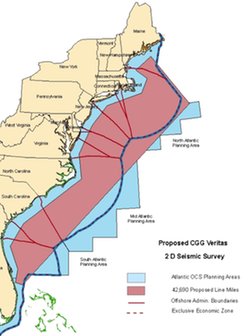 I’ve yet to dig into the PEIS to examine its alternatives or proposed mitigation measures, but a quick look at maps illustrating applications already received from oil and gas exploration companies affirms that the entire east coast could become an active seismic survey zone (the map at left is one of nine applications; there is much overlap among them).
I’ve yet to dig into the PEIS to examine its alternatives or proposed mitigation measures, but a quick look at maps illustrating applications already received from oil and gas exploration companies affirms that the entire east coast could become an active seismic survey zone (the map at left is one of nine applications; there is much overlap among them).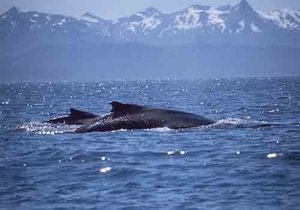 Two of the US’s most widely-respected ocean bioacousticians have called for a concerted research and public policy initiative to reduce ocean noise. Christopher Clark, senior scientist and director of Cornell’s Bioacoustics Research Program, and Brandon Southall, former director of NOAA’s Ocean Acoustics Program, recently published
Two of the US’s most widely-respected ocean bioacousticians have called for a concerted research and public policy initiative to reduce ocean noise. Christopher Clark, senior scientist and director of Cornell’s Bioacoustics Research Program, and Brandon Southall, former director of NOAA’s Ocean Acoustics Program, recently published 